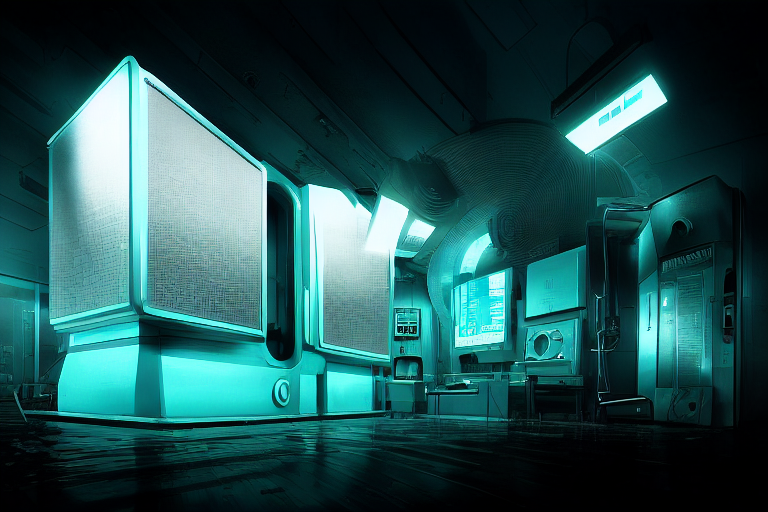In the field of medicine, medical devices are critical tools for the treatment and diagnosis of diseases. Various measures must be taken throughout the device’s life cycle to ensure its safety and efficacy. This article will provide an in-depth overview of the existing technological level that needs to be considered in developing, producing, using, and maintaining medical devices.
The existing technological level, known as state-of-the-art technology, refers to the latest or most advanced technology currently available in a specific field. In the medical field, the existing technological levels can refer to medical devices, diagnostic methods, and treatment methods. These technologies have the highest precision and efficiency and can improve medical quality and reduce the occurrence of misdiagnosis and complications. The gold standard refers to the best diagnostic and treatment methods widely recognized and scientifically supported in the medical field. Gold standards are typically composed of existing technological levels and methods rigorously studied, proven effective, and safe.
For example, Magnetic Resonance Imaging (MRI) and Computer Tomography (CT) are the most advanced imaging technologies at the existing technological level, which can provide high-resolution images and reduce the radiation dose for patients. In the field of surgery, robot-assisted and virtual reality surgery is the most advanced surgical technologies at the existing technological level, which can improve surgical precision and reduce surgical risks.

However, the existing technological level is not always equivalent to the gold standard. Medical devices that meet existing technological levels may not be the best option because they may be too expensive or not suitable for certain specific patient groups. When designing and using medical devices, various factors need to be considered comprehensively to meet the current diagnostic and treatment needs. For example, an advanced imaging diagnostic device may be less effective in the diagnosis of certain diseases. Therefore, it is important to evaluate the patient’s specific needs and use of the device and to balance the benefits and risks before making a decision.
In summary, the existing technological level is essential in medical device development, production, use, and maintenance. It can provide the latest and most advanced technology, but it is not always the best choice. The specific needs of the patient and the specific use of the device must be evaluated, and the benefits and risks must be balanced before making a decision.